
And the Award for the Safest Airline in 2013 Goes to ... (Op-Ed)
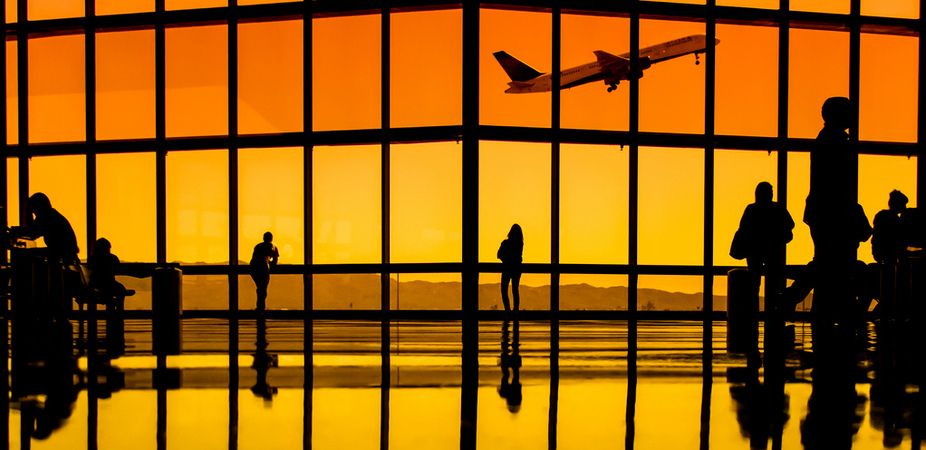
This article was originally published at The Conversation. The publication contributed the article to LiveScience's Expert Voices: Op-Ed & Insights.
At the beginning of each year an array of awards are given in numerous industries to the top performers of the prior year. In the arts, Cate Blanchett won a Golden Globe last week for her performance in Blue Jasmine, and in sport, Cristiano Ronaldo won the Ballon d'Or – awarded annually to the best performing soccer player – after a fantastic year with Real Madrid and Portugal.
Commercial aviation is no different and each year the best airlines are determined and awarded accordingly. Earlier this month our very own Qantas was named the safest airline in the world for 2013 while Air New Zealand was crowned Airline of the Year.
The awards were given by AirlineRatings.com – a well-known website in the airline industry for its product reviews and ratings.
Airline Ratings acknowledged Qantas’ record of fatality-free flying from the 1950s. Qantas received a seven-star rating (the highest rating) and tops the list of safest airlines.
Making up the rest of the top ten safest airlines are (in alphabetical order):
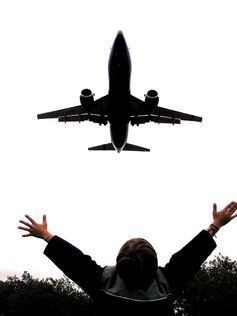
- Air New Zealand
- All Nippon Airways
- Cathay Pacific Airways
- Emirates
- Etihad Airways
- Eva Air
- Royal Jordanian
- Singapore Airlines
- Virgin Atlantic.
Airline Ratings' rating system takes into account several factors related to audits from aviation’s governing bodies as well as government audits and the airline’s fatality record.
Sign up for the Live Science daily newsletter now
Get the world’s most fascinating discoveries delivered straight to your inbox.
Aviation safety: 2013 in numbers
The Aviation Safety Network (ASN), an independent body that provides an online database of aviation accidents and incidents, reported that the number of fatalities were at a record low in 2013.
Its database shows a total of 265 airliner accident fatalities, which resulted from 29 fatal airliner accidents, were recorded around the world.
According to ASN, it was the safest year by number of fatalities and the second safest year by number of accidents. The ten-year average is at 720 fatalities and 32 accidents a year (see graph below for stats since 1946).
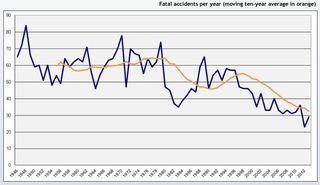
ASN credits international aviation organisations such the International Civil Aviation Organisation (ICAO), the International Air Transport Association (IATA) and government bodies (such as the Civil Aviation Safety Authority in Australia) for the drop in flight fatalities. Commercial aviation remains one of the safest forms of travel per distance travelled.
The big crashes of 2013
According to ASN records, the worst plane crash last year happened on November 17 when a Tatarstan Airlines Boeing 737 crashed while attempting to land at Kazan in Russia, killing 50 people.
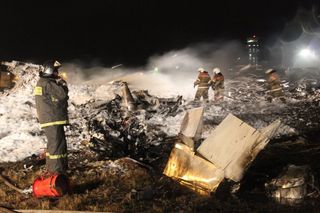
The plane was battling strong winds on approach, hit the runway and exploded in flames. The Russian carrier had in fact only received a four-star rating from Airline Ratings. It had also failed to complete the International Air Transport Association Operational Safety Audit which is an internationally accepted evaluation system for airlines.
Other tragic accidents include a fatal crash on October 17 where 49 people died when a Lao Airlines ATR72 crashed while on approach to Pakse in Laos due to severe rain caused by a nearby tropical storm.
Lao Airlines was also only rated as a four-star airline by Airline Ratings in part because it also had not completed the International Air Transport Association Operational Safety Audit.
Below is a map showing accident locations around the world in 2013.
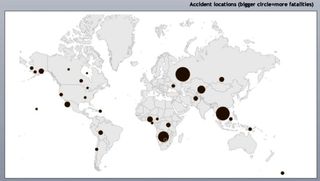
The Asiana Boeing 777 crash in July received a lot of press when the plane hit a runway sea wall and flipped over at San Francisco International Airport. Amazingly, 304 passengers and crew walked away and only three passengers died.
ASN considered the Asiana Boeing 777 crash to be the “most miraculous escape” of the year.
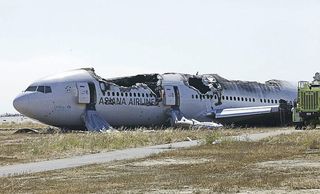
A great safety record for Qantas
There is no doubt that the award is a recognition for the great work that Qantas has been putting in for many decades but do passengers actually value safety as much as they used to? Perhaps not.
According to statistics from Airline Ratings, only about 25% of travellers list safety as a major consideration when choosing a flight.
The most important aspects are price and frequency of flights which are points of contention for Qantas, and at the heart of the “market share war” it is engaged in with Virgin Australia.
All eyes will be on Qantas management to get the airline back on track. Let’s see how 2014 unfolds for the flying kangaroo.
Hamza Bendemra does not work for, consult to, own shares in or receive funding from any company or organisation that would benefit from this article, and has no relevant affiliations.
This article was originally published at The Conversation. Read the original article. The views expressed are those of the author and do not necessarily reflect the views of the publisher. This version of the article was originally published on LiveScience.












